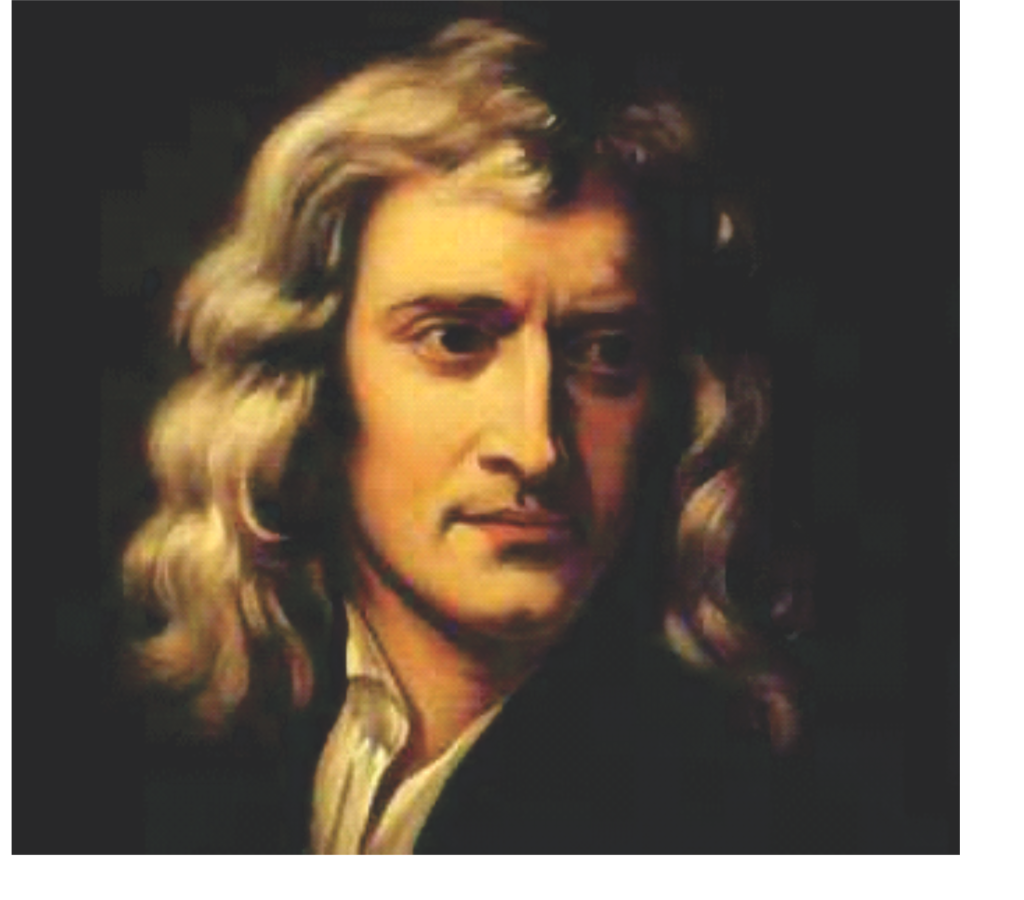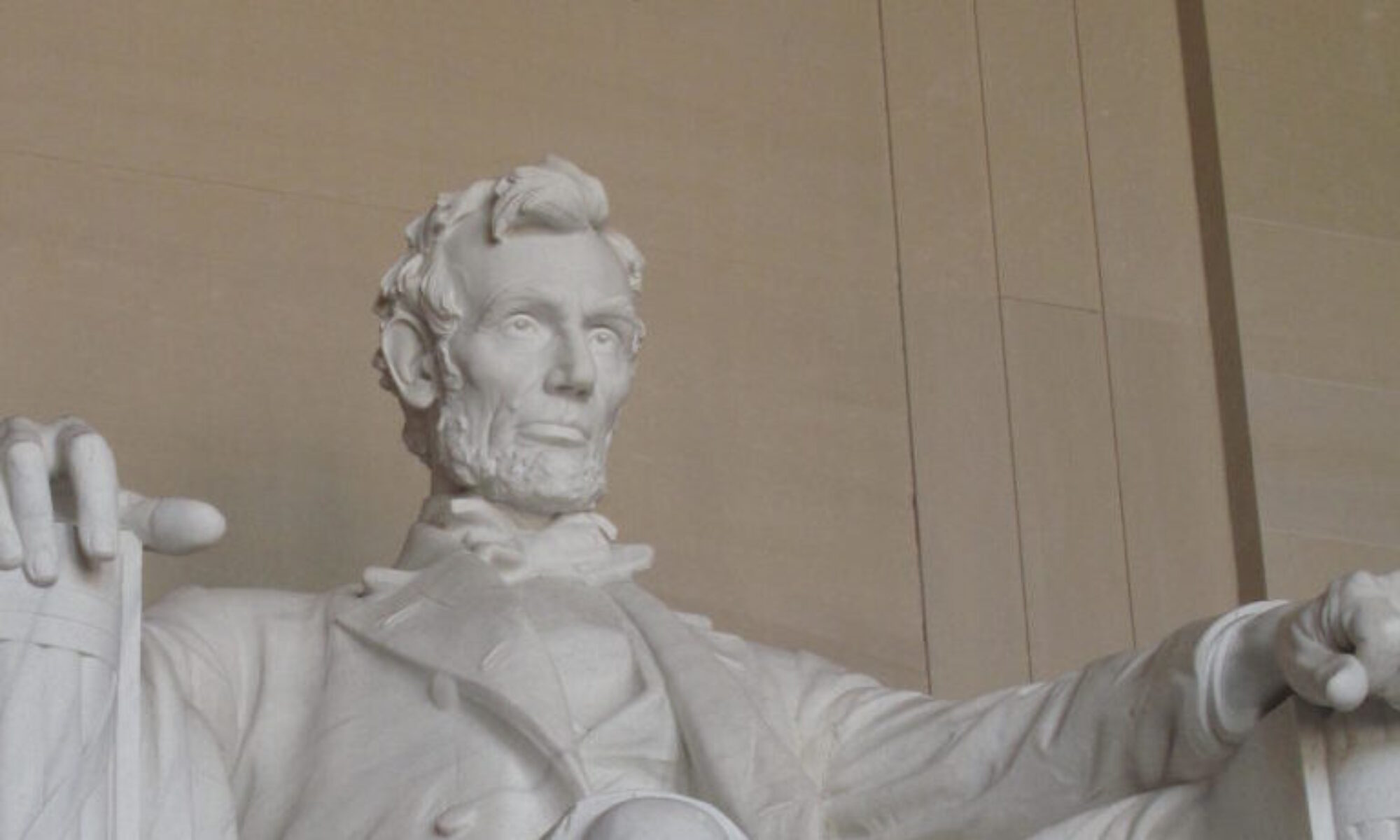
The newtonian contemporary Scottish mathematician John Arbuthnot, an intellect in his own right, and a man who would become famous as the individual who introduced the characature ‘John Bull’ to the world as the symbol of Great Britain, looked upon the creation that was Isaac Newton in awe. Reviewing Newton’s masterpiece, Philosophae Naturalis Principia Mathematica, Arbuthnot declared that Newton had done no less than reveal “the grand secret of the whole Machine”. So quotes James Gleick in his wonderful biography of Isaac Newton as he helps put in perspective a genius that may never have come before or since.
Isaac Newton is one of those incomparable and unrepeatable creations in the human story that defy all explanation. Newton came from dust, and dust he would become, but it was indeed cosmic dust that was not the stuff of normal men. Born in 1642 in the tiny hamlet of Woolsthorpe Manor in County Lincolnshire, far from the center of any environment that would possibly be expected to be formative to his colossal genius, Newton somehow found his way in forty short years to the center of adulation among the greatest of men. With his father having died before his birth, and his mother abandoning him to relatives, young Isaac was a stranger to human kindness and learned to internalize his thoughts from his very first years. Exposed to relatives who assumed he at best would be a farmer, he was given the rudimentary school education of farming, including some simple math that would occasion a farmer. Newton hated the very idea of farming and in his intense isolation began a lifelong habit of recording his every thought on paper provided by the school. This was one lonely, lonely twelve year old boy. He wrote in his private torment, recording the scorn of others –” what imployment is he fit for? What is hee good for?” and his own lonely sadness – “I will make and end. I cannot but weepe. I know not what to doe.” Not exactly the confidence of a king philosopher.
The family, noting the isolated nature of the boy and recognizing at least this was no farmer, arranged for Newton to take the education of the clergy. An appointment to the College of the Trinity at Cambridge was achieved to have Newton enter as a sizar, a position at the college whereby a person with no means could obtain an education by being a servant to the other collegians at Cambridge of greater means or nobility. His family gave him little money, but did gave the obsessive Newton a greater gift – the gift of 140 blank pieces of paper and the ink to fill them. And fill them he did, soon with ballooning observations questions and data tables well beyond any expected to link to his classic education. The library at Cambridge became Newton’s brain, the notebooks he so meticulously recorded his laboratory for a science he was beginning to invent – nothing less than the meaning of everything. Newton questioned everything, and at a time when he was preparing for the clergy in the College based on the concept of the undivided Trinity, a fair amount of heresy. The legend of the mental capacity of the obsessive student grew and Newton was eventually accepted into the college, passed examinations in mathematics and eventually made a scholar. He read Euclid, Aristotle, Descartes, studied Kepler and Galileo – the philosophers that only a spec of humanity would be exposed to due to the rare concept of the book and the printed word. But Newton did not read them to emulate them, but to see beyond them.
The notebooks grew and grew, and through the 1660s and 1670s Newton was literally inventing an entire philosophy of observation and experimentation that would change the world and man’s place in it forever. And almost no one knew. The brilliant thinking and experimentation that would become epochal treatises on Optics, Fluids, Calculus, and the very basic truths of the universe were intermingled with other thoughts on Alchemy and Religion that Newton valued equally, but wanted no one to see, and no one to criticize. It would take one of the venial sins, vanity , to bring Newton out in the open and unleash upon the world the elements of incomprehensible genius.
In 1675, Newton joined the Royal Society, and began to divulge the extent of what he had been keeping from others. The first tentative organized thoughts on paper, a treatise on Hypothesis of Light and Color, and he came up against his first real politic. The Society was filled with other men that felt they were eminent philosophers, men like Robert Hooke and Robert Boyle, who were concerned the upstart Newton was impossibly knowledgeable and had to be piggybacking on more educated men’s work, particularly their own. To a sensitive isolate like Newton, who knew the extent of his experimentation, observation, and logic, the words stung like acid. He reacted by withdrawing contact with the Society and the other philosophers.
It would take Halley’s Comet to bring him back for good. In 1681, the comet described by Halley and the Astronomer Royal John Flamsteed were communicating with Newton their thoughts on the natural explanations of what had always thought to have been a Devine occurrence, the transient glory of the celestial phenomena of the comet. Newton cagily let Halley know that he thought he had the answers they had been looking for, but was not about to expose himself to the intense ridicule that his earlier, less in depth musings had ensnarled him. Halley and others encouraged Newton to be definitive, and the world has never been the same.
In 1684, Isaac Newton published a definitive series of observations, the Philosophae Naturalis Principia Mathematica, that sought to explain the actions of the comet of Halley and with it, every object on earth, the moon, the sun and stars. In short the laws that governed everything. Newton’s laws, as they became known , defined the influence of every physical object in existence upon every other, and the incredibly mysterious force that explained their mutual influence, that of gravity. In Newton’s olympian treatise, the answer to Galileo’s observations and Kepler’s measurements, the tides, celestial bodies, and the very presence or absence of matter was explained – and it was natural, and predictable. The incredible bomb that was unleashed on the learned world was nothing less than a supernova. The very private hermitic man newton was now the most public of men. As the world progressively was learning that knowledge meant power, Great Britain was the possessor additionally of maybe the most powerful of men. A French philosopher made aware of all consuming knowledge of Principia stated in awe of Newton, “Does he eat, and drink, and sleep? Is he like other men?’ Halley called it the “splendid ornament of our time” and “incomparable”.
The ideas that were created in the mind of Newton were so far ahead of their measurable existence in science, that he began to become progressively both legend and target. And the brilliant man became venal as the attacks surged. What of this Gravity that requires Infinite Space and Infinite Time? How can something just Be, and work in a vacuum? From across the channel came a new ferocious and formidable antagonist, the German mathematician and philosopher Gottfried Leibniz. Newtonian principles appalled him – “the fundamental principle of reasoning is, nothing is without cause!”, Leibniz thundered. Even more adversarial, Newtonian proofs were stated utilizing a new mathematical technique Newton described as Fluxions which bore striking resemblance to Leibniz’s own calculus he had recently described. Newton was again accused of being a sophisticated plagiarist. This time, he came out with all barrels blazing, and declared his model of calculus proceeded Leibniz by decades, and it was instead Leibniz who was the usurper of Newton’s creative genius. The fight raged and became international as the newly outward looking Britain was willing to support its hero against continental reactionaries like Leibniz. The truth was imperically that in a world of extremely poor communication, the two geniuses likely came up with calculus simultaneously, and independently. The new Newton however never again retreated to his isolation. He took on the persona of the premier intellect in the world, became President of the Royal Society, and fought off others as he once was offended to be treated.
The death of Newton in 1726 was treated as no event to that time in the history of Britain. For the first time a commoner was buried among the royal elite in Westminster Abbey. Newton the Legend grew and grew over time as his laws held up to three hundred years of progressively more accurate scientific investigation. It was not until a genius of equal vision, Einstein, secured the gaps of reality that Newton could not explain, the actions of the very largest and smallest bodies that would not respond to the perfect nature of gravity, instead influenced by the very nature of time and space effected by visible light. In a time of extremely limited tools of discovery, Newton had taken thought journeys with the limiting feature only the vast capacity of his visionary mind. He saw himself as recognizing the smooth pebble from the many rough, on the shores of a vast ocean of untapped knowledge. He is quoted as humbly seeing his advances as the natural progression of human thought – “If I have seen further, it is by standing on the shoulders of Giants”. But Newton knew what he had conceived, and what he had achieved, and knew himself to be every bit one of the true giants. Newton’s clergical soul saw himself as revealing the infinite and bountiless beauty of the Creator Himself. He knew with gift of Devine inspiration, he had discovered the Grand Secret of the Whole Machine.
